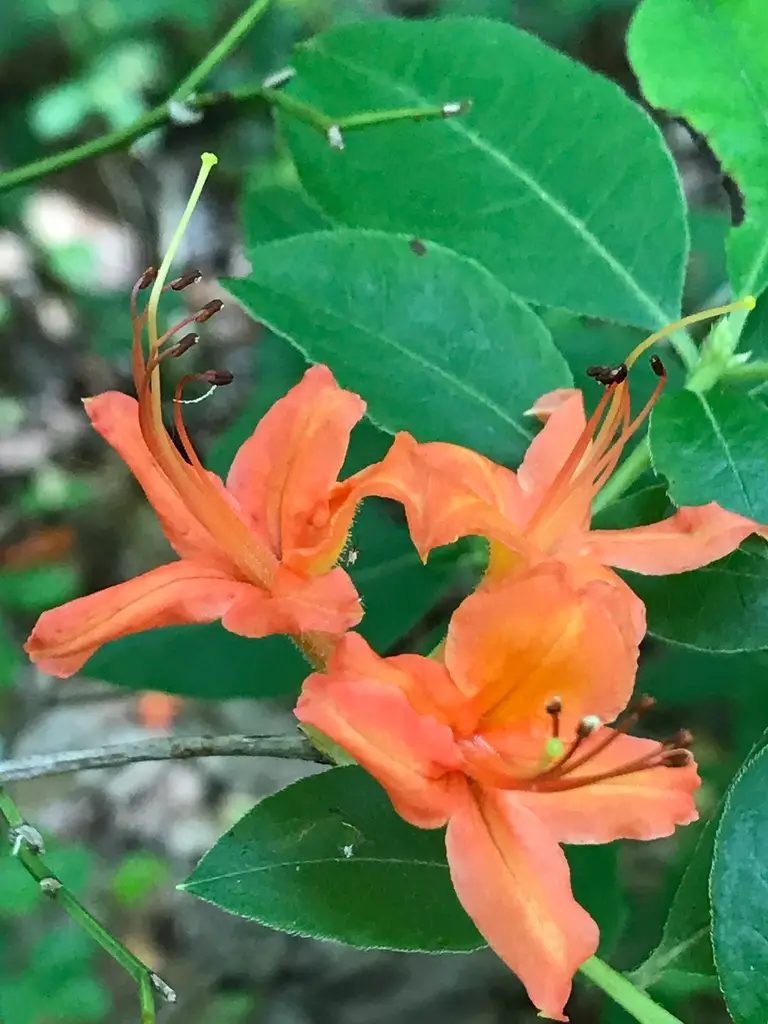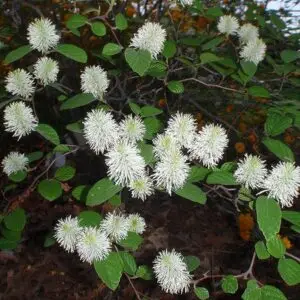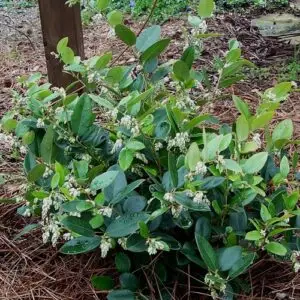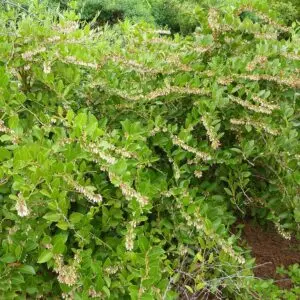| Size | Trade Gallons, Two Gallons, Three Gallons |
|---|
Rhododendron cumberlandense – Cumberland Azalea (B&B.H.HMR.M.NB.OP.RR.SHWY)
$40.00
Ecosystem Services:
(B)-Birds (B&B)-Birds & Butterflies
(BTF)-Butterflies (BW)-Black Walnut Resistant
(DR)-Deer Resistant (DRGHT)-Drought Resistant
(EC)-Erosion Control (EVR)-Evergreen
(FC)-Fall Color (FRG)-Fragrant
(GRD)-Groundcover (H)-Host plant
(HMR)-Hummingbirds (M)-Mammals
(MTH)-Moths (N)-Nectar
(NB)-Native Bees (NST)-Nesting Material
(OP)-Other pollinators (RR)-Rabbit Resistant
(SHWY)-Showy (SPC)-Specimen Plant
Cumberland azalea is a woody, deciduous shrub in the Ericaceae (blueberry) family.
It is native to the southeastern United States, specifically the Cumberland Plateau of Kentucky south to Tennessee and the mountains of Georgia, Alabama, and North Carolina.
It grows 3 to 7 feet tall. The genus name derives from the Greek words rhodo, which means rose, and dendron, meaning tree.
This azalea prefers full sun in the north and partial shade in the south and will need supplemental water during a drought. Plant in organically-rich, moist, well-drained, acidic soil and only prune lightly. It is best propagated from seed as it is difficult to start from cuttings.
Flowers are showy in orange or pink colors and bloom from June to July after the plant has leafed out which is later than other azaleas. Prune rhododendrons and azaleas after they bloom to preserve the current season’s bloom, and allow time for the plant to produce flower buds for next year’s bloom.
Use in woodland and native gardens as a specimen or in small groups. It works well planted on slopes or banks. Since it is attractive to hummingbirds, butterflies, and moths it makes a good border shrub in butterfly and pollinator gardens. It is a host plant for the larvae of the
All parts of the Rhododendron genus contain the poisons Andromedotoxin, Grayantoxin.
As a host plant, Rhododendron alabamense can be a food source or a place where certain insects lay their eggs or develop. It hosts the Rhododendron borer moth (Synanthedon rhododendri) as well as the Azalea caterpillar (Datana major).
Members of the genus Rhododendron support the following specialized bee: Andrena (Andrena) cornelli, and bumble bees.
Only logged in customers who have purchased this product may leave a review.






Reviews
There are no reviews yet.